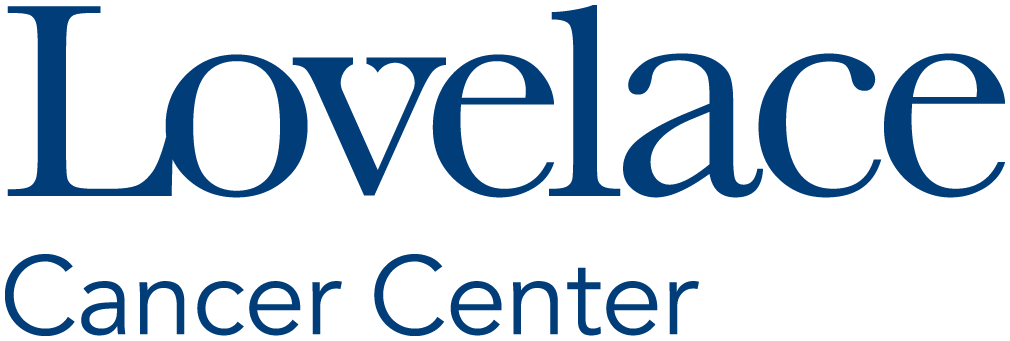
According to the Breast Cancer Research Foundation, In 2019, an estimated 268,600 new cases of invasive breast cancer are expected to be diagnosed in women in the U.S. Breast cancer is the most common cancer diagnosed amongst women. So what can you do to reduce your risk of developing breast cancer? During Breast Cancer Awareness Month, we are sharing a few things you can use to reduce your risk of developing breast cancer:
Stop Smoking
Smoking is a major risk factor for many different types of cancer, including breast cancer. The National Foundation for Cancer Research notes that it can also damage various organs in your body, like your blood vessels, lungs, bones, skin and heart. If you’re a smoker, quit now. You’ll also want to avoid secondhand smoke, if and when possible, as it can also do major damage to your body.
Establish a Consistent Exercise Routine
Incorporating exercise into your daily routine doesn’t have to be hard. There are plenty of activities you can choose from like walking, running, swimming, biking or dancing. If you’re someone who wants to head to the gym, try out a new class with a friend. The American Cancer Society recommends that you get at least 150 minutes of moderate-intensity activity or 75 minutes of vigorous activity each week. The National Foundation for Cancer Research shares some creative examples of moderate intensity exercise which include washing windows, cleaning, mopping or vacuuming, tennis doubles and using a power mower to mow your lawn.
Follow a Healthy Diet
While no specific food or diet can prevent you from developing breast cancer, maintaining a healthy diet and eating healthy foods can decrease your risk of developing many cancers, including breast cancer. BreastCancer.org shares that eating foods that keep your body healthy and nourish it, can help to boost your immune system, ultimately reducing your risk for developing breast cancer.
Consuming a variety of foods including vegetables, fruits, whole grains and legumes not only gives your body the energy you need, but also helps maintain a healthy and strong immune system. There are several steps you can take to incorporate more fruits and vegetables into your diet. Being more cognizant of increasing your fruit and vegetable intake doesn’t have to be stressful, though. Making a simple dinner like spaghetti? Add vegetables like mushrooms, onions, chopped squash or bell peppers to your sauce to get an extra serving of veggies for the day. Making a healthy fall soup for the week? Add a handful of kale or spinach into your soup to get an extra serving of dark, leafy greens.
Be Informed About Your Family Medical History
If breast cancer runs in your family, you may be at increased risk of also developing breast cancer. Consult family members about your family medical history. Extend this beyond your immediate family and also ask what health conditions your aunts, uncles, and cousins have had. This will give you a comprehensive idea of the medical conditions you need to be aware of. Talk to your primary care physician about your family medical history, as he or she can help determine what screenings will be appropriate for you and how you can be proactive about certain conditions.
While being aware of controllable risk factors for breast cancer is important, it’s also important to get appropriate screenings and mammograms to detect any signs of breast cancer. Consult your primary care physician about what screenings are best for you and when you need to get them.
If you need help finding a primary care physician, call Lovelace Care Concierge at 505.727.2727.



